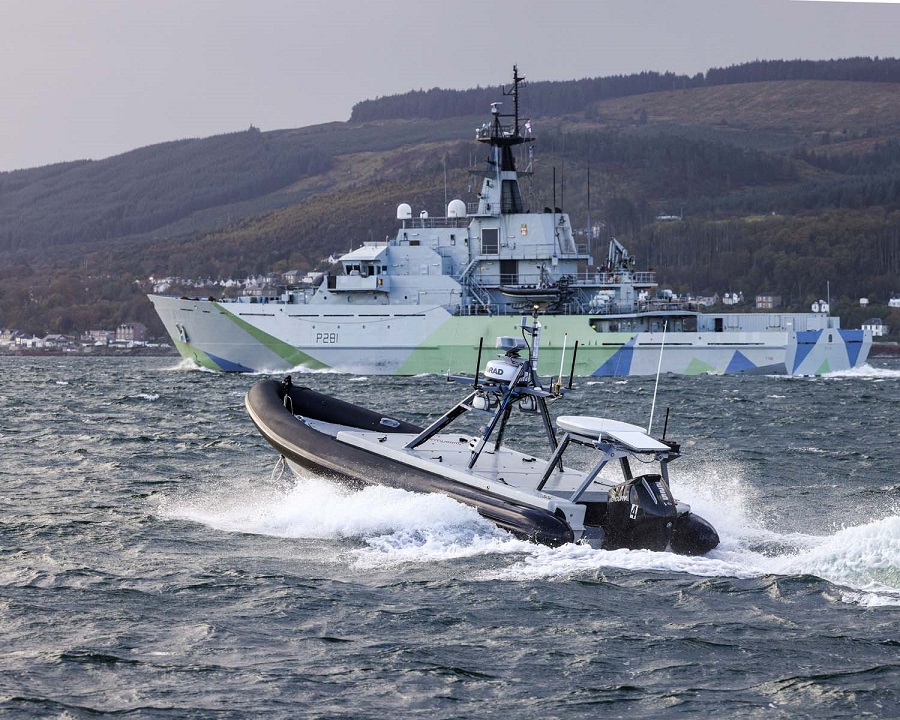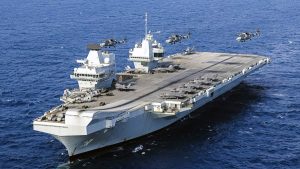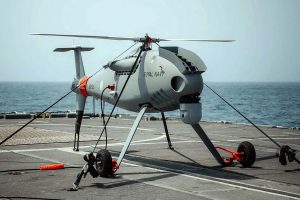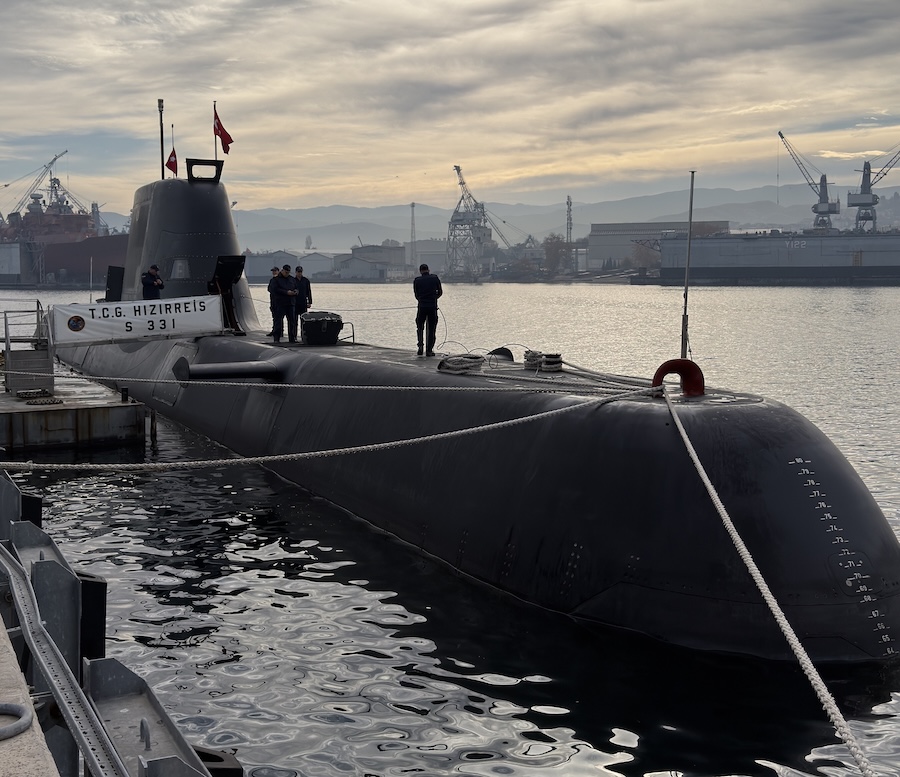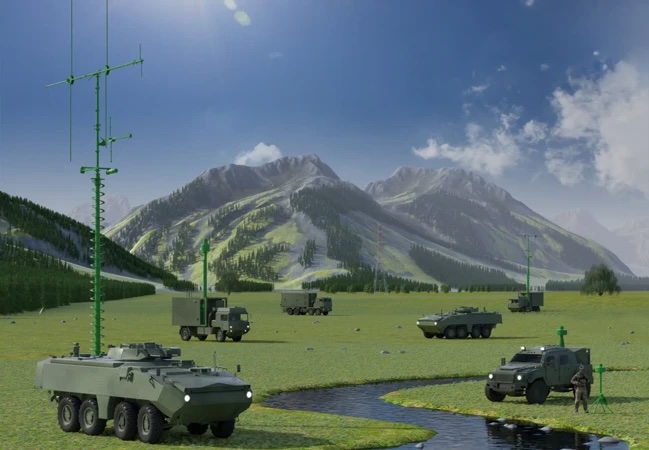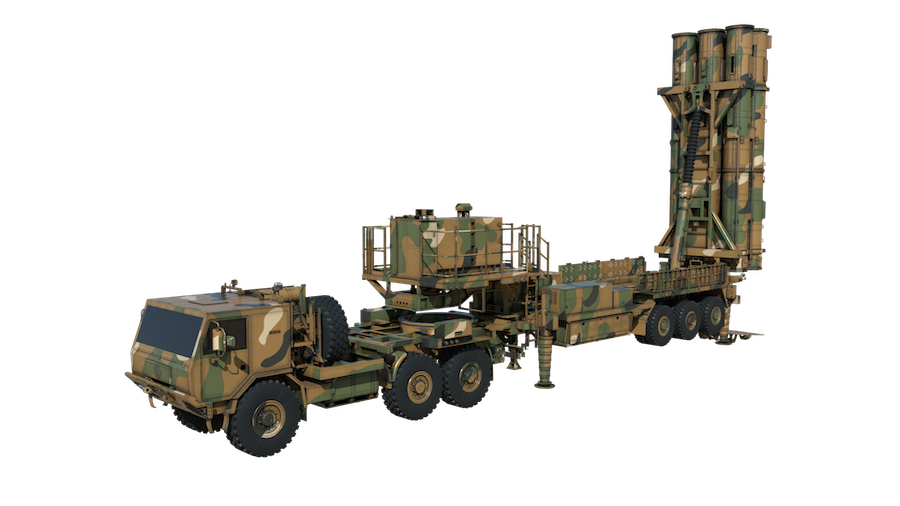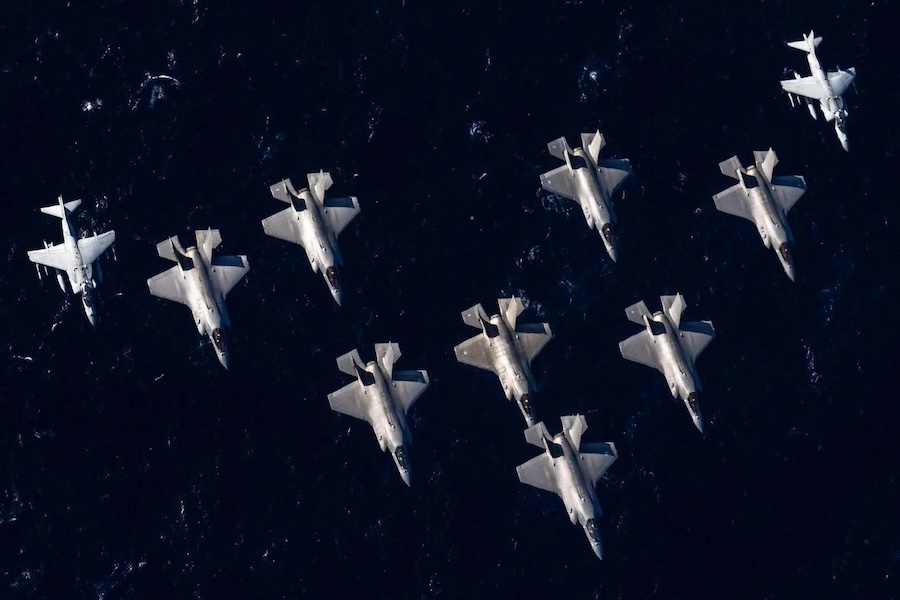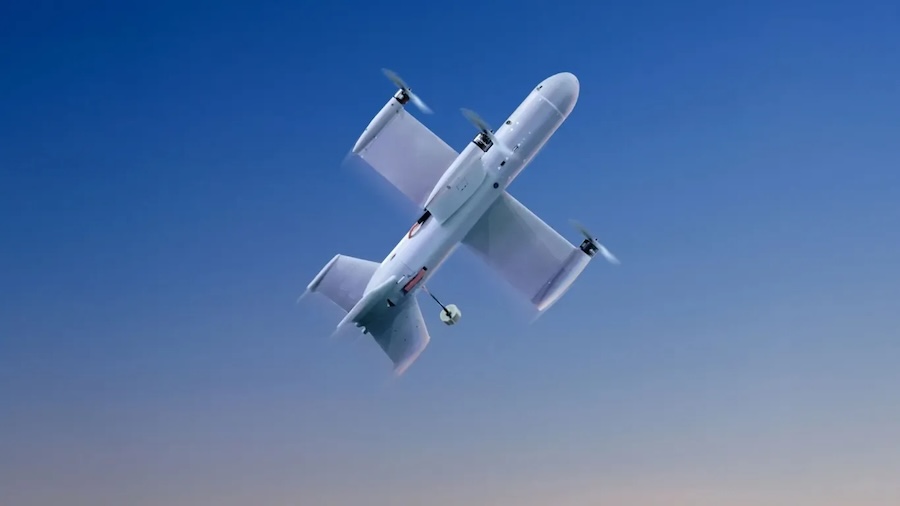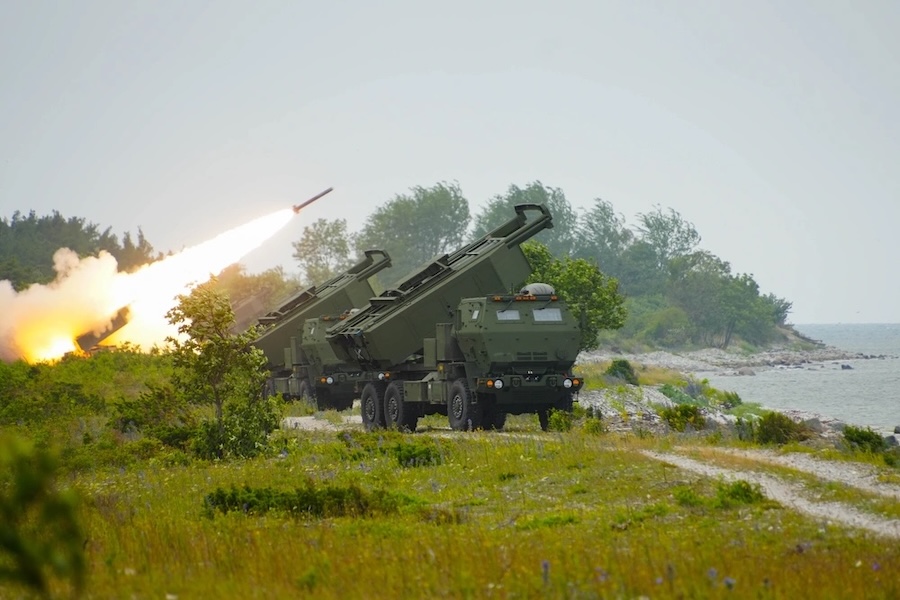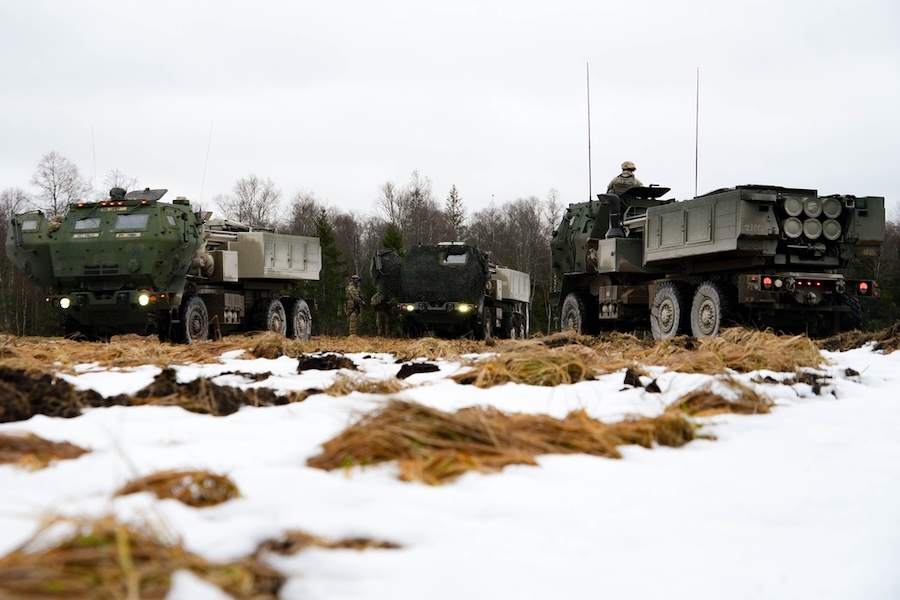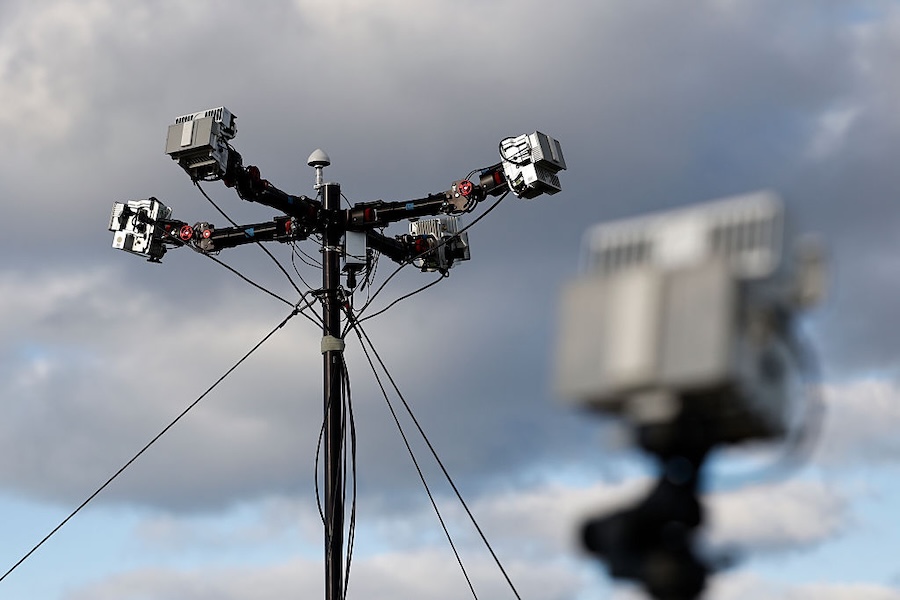Operators based aboard experimental vessel XV Patrick Blackett in Portsmouth successfully controlled the boats as they performed coordinated manoeuvres in Scottish waters. The trials, part of the Disruptive Capabilities and Technology Office’s (DCTO) programme, mark a significant step in the Royal Navy’s development of a Hybrid Navy integrating crewed and uncrewed platforms.
“This is a really important moment for the Royal Navy as we progress towards a Hybrid Navy of crewed and uncrewed platforms. We have been using autonomous systems for some time, but not like this,” said Commander Michael Hutchinson, who leads the Fleet Experimental Squadron and commands XV Patrick Blackett.
During the trials, the vessels operated alongside HMS Biter of the Coastal Forces Squadron and a Merlin helicopter in a proof-of-concept demonstration. Each of the 7.2-metre Rattler boats was equipped with high-grade military sensors and cameras, feeding live data back to the control team 500 miles away.
“These USVs have been built and developed at pace, in a ground-breaking way, alongside a coalition of fantastic local companies – this has been the most exciting project of my career,” Commander Hutchinson added. “These platforms will be used alongside and in support of existing and future warships and as a capability in their own right. It is a technology that will continue to develop and it will fundamentally change the way we fight.”
The vessels can operate alone or in swarms, pre-programmed with mission routes or working together as a ‘wolf pack’. Built on rigid inflatable boat designs, they are designed to be fully uncrewed, portable, and easily deployable by air, road or slipway.
“In recent years we have seen the effect that autonomy and uncrewed systems can have at sea, on land and in the air, especially in Ukraine. In the maritime domain in particular the effect has been remarkable, with simple, cheap, one-way effectors used to defeat complex and capable Warships and deny them freedom of manoeuvre at sea,” Hutchinson noted. “USVs are also being used for reconnaissance, patrol, constabulary and survey tasks, so they are incredibly versatile and it is critical that the Navy develop these systems and train people with the skills to operate them to match the threat of our adversaries and ensure that we remain ready to lead, fight and win.”
Each vessel is controlled by a two-person team using a portable laptop setup, allowing flexible operations from land-based or shipboard locations. This trial is the first time the Royal Navy has fielded a fleet of mission-ready, custom-built uncrewed boats, achieved through a rapid procurement and development process with UK SMEs.
Brigadier Jaimie Roylance, Royal Navy Chief Technology Officer, praised the milestone, saying: “I am incredibly proud of the team, this is an important moment in the history of the Royal Navy. It is the first time we have been able to field a capable, mission ready, deployable uncrewed system at sea and it is the first major success for the DCTO.”
He continued, “The work that FXS, the Coastal Forces Squadron, Royal Marines and Army have done to develop not just the platforms, but the way we train them and the way we fight with them has been astonishing and completed in record time. There is more work to be done, but I know the team and the wider consortium of SMEs we are working with are up to the task and I am excited about the next project.”
The initiative is part of the Royal Navy’s wider push into uncrewed and autonomous capabilities, with XV Patrick Blackett and sister vessel XV Excalibur serving as testbeds for future surface and underwater operations.



